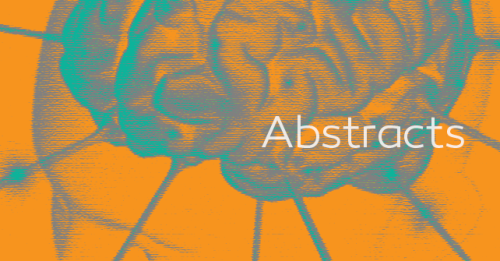Author information
Abstract
OBJECTIVE:
This study is a prospective, controlled clinical and electrophysiologic trial examining the chronic course of posttraumatic sleep-wakedisturbances (SWD).
METHODS:
We screened 140 patients with acute, first-ever traumatic brain injury of any severity and included 60 patients for prospective follow-up examinations. Patients with prior brain trauma, other neurologic or systemic disease, drug abuse, or psychiatric comorbidities were excluded. Eighteen months after trauma, we performed detailed sleep assessment in 31 participants. As a control group, we enrolled healthy individuals without prior brain trauma matched for age, sex, and sleep satiation.
RESULTS:
In the chronic state after traumatic brain injury, sleep need per 24 hours was persistently increased in trauma patients (8.1 ± 0.5 hours) as compared to healthy controls (7.1 ± 0.7 hours). The prevalence of chronic objective excessive daytime sleepiness was 67% in patients withbrain trauma compared to 19% in controls. Patients significantly underestimated excessive daytime sleepiness and sleep need, emphasizing the unreliability of self-assessments on SWD in trauma patients.
CONCLUSIONS:
This study provides prospective, controlled, and objective evidence for chronic persistence of posttraumatic SWD, which remainunderestimated by patients. These results have clinical and medicolegal implications given that SWD can exacerbate other outcomes of traumaticbrain injury, impair quality of life, and are associated with public safety hazards.
© 2016 American Academy of Neurology.


